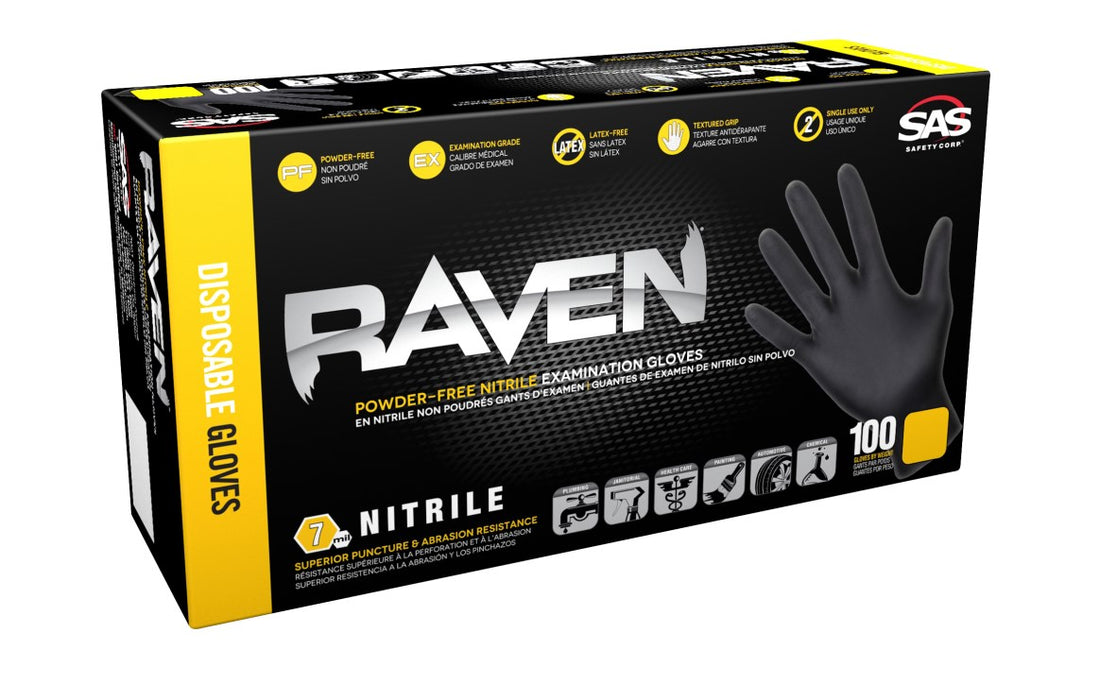Nitrile vs. Vinyl vs. Latex
|
Disposable gloves are by far some of the most widely used safety products, utilized by several industries across the board. There are many things to consider when choosing a glove, such as quality, amount of protection needed, and any allergies you may have to certain materials. The following in a brief breakdown of 3 types of disposable gloves: |
Nitrile - Disposable nitrile gloves are increasingly becoming a popular choice in a variety of work settings from hospitals to automotive service stations. Nitrile gloves are made of synthetic latex and are extremely resistant to punctures and tears. Nitrile protects against a broad range of chemicals and petro-based products, making them an ideal choice for many industrial applications. Another reason that nitrile is becoming a popular option in hand protection is because it does not contain any natural rubber latex, so it can be used by workers with latex allergies.
Vinyl - Vinyl is the least expensive of the 3 disposable glove materials. It is an economical choice for use in activities that do not require the highest degree of tactile precision, such as food service applications and jobs where product protection is necessary. Vinyl does not offer as much dexterity as nitrile or latex, and tends to tear more easily - but for general, low-risk applications, vinyl does offer the best value.
Latex - Latex offers the best fit of the 3 glove materials, which is why it is most often used by surgeons and other medical professionals. Latex provides superior dexterity and barrier protection, making it the most trusted glove material among many. However, the protein in latex gloves can cause an allergic reaction and irritation in many people. Nitrile is the best alternative if you do have a latex allergy.





